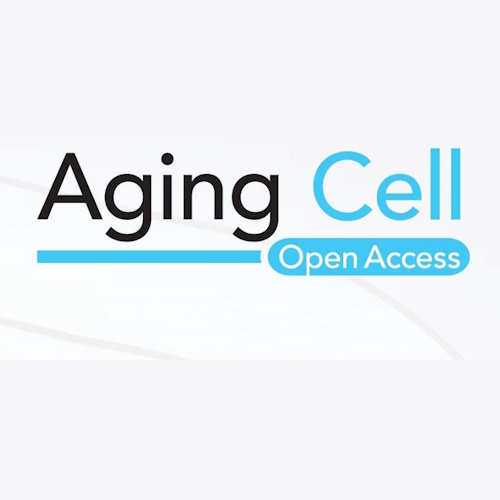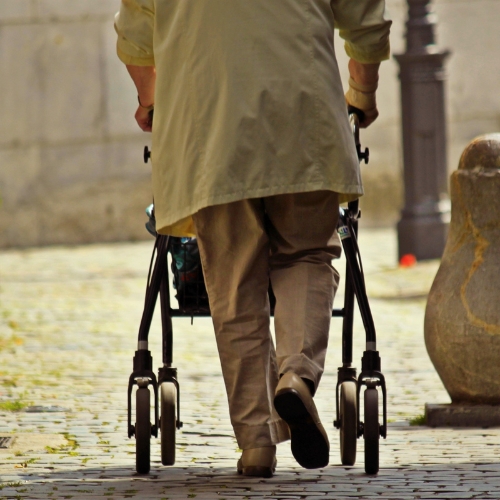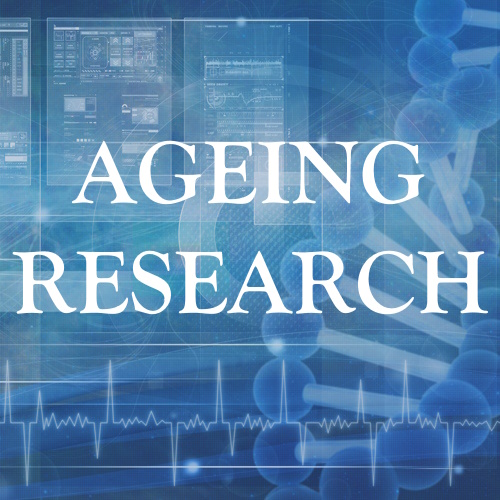Ageing is more than just counting birthdays. While chronological age measures the years we live, our biological age—how our cells function—tells a deeper story. A new study in Aging Cell (2025) sheds light on how skin fibroblasts, the cells that build and repair our connective tissue, may serve as powerful markers of health, frailty, and intrinsic capacity (IC).
This research bridges the gap between cellular biology and whole‑person health, suggesting a new way to detect early functional decline and personalise strategies for healthy ageing.
Why Fibroblasts Matter
Fibroblasts are the builders of our skin. They produce collagen, regulate metabolism, and coordinate immune responses. Unlike fast‑dividing cells, fibroblasts multiply slowly. Over time, they accumulate damage, making them a reliable window into the biology of ageing.
Their accessibility through skin biopsies makes them especially useful for studying ageing in living humans. Unlike blood tests, fibroblasts can reveal structural, metabolic, and inflammatory changes linked directly to functional decline.
Beyond Chronological Age: Measuring Intrinsic Capacity
The World Health Organization (WHO) promotes Intrinsic Capacity (IC) as a comprehensive measure of healthy ageing. IC evaluates cognition, locomotion, vitality, psychological well‑being, and sensory function.
Frailty—defined by weakness, slower walking, and lower physical activity—often precedes disability. Yet, chronological age alone cannot predict frailty. That’s where cellular biomarkers, like fibroblast performance, become crucial.
The SIM Framework: Structure, Inflammation, and Metabolism
The research team analysed fibroblasts from 133 adults aged 20 to 96. They focused on three interconnected domains—Stroma/Structure (S), Inflammation (I), and Metabolism (M)—collectively known as the SIM framework.
Structure
Examined fibroblasts’ ability to form colonies.
Measured collagen‑related gene expression.
Analysed extracellular matrix proteins like Periostin.
Inflammation
Tested cytokine production under bacterial (LPS) and viral (Poly I:C) stimulation.
Focused on pro‑inflammatory markers like IL‑6 and IL‑1β.
Metabolism
Assessed mitochondrial respiration (oxygen consumption).
Measured glycolysis‑related genes (e.g., HK2).
Checked antioxidant enzyme activity (e.g., SOD1, GPx1).
By applying statistical methods such as Mahalanobis distance, the researchers quantified how much each person’s cellular profile deviated from healthy norms.
What the Study Found
1. Fibroblasts Retain Ageing Signatures In Vitro
Even in laboratory culture, fibroblasts mirrored their donors’ biological age. Older fibroblasts divided more slowly, showed increased DNA damage (γ‑H2AX foci), and secreted higher levels of inflammatory cytokines like IL‑6.
2. Stress Tests Expose Weaknesses
When challenged with doxorubicin (a DNA‑damaging drug), older fibroblasts showed more senescence markers, proving that ageing cells are less resilient to stress.
3. Extracellular Periostin Levels Drop with Age
One striking discovery was the age‑related decline of Periostin, a protein essential for collagen assembly and skin integrity. Reduced Periostin may impair wound healing and tissue repair.
4. Inflammageing Intensifies
Fibroblasts from older donors produced more IL‑6, IL‑1β, and antiviral IFN‑β, especially after immune stimulation. This aligns with “inflammageing”—chronic low‑grade inflammation linked to age‑related disease.
5. Metabolic Shifts with Age
While basic mitochondrial respiration remained stable, uncoupled respiration increased with age, signalling energy inefficiency.
Older fibroblasts also showed:
Higher HK2 expression (glycolysis gene).
Increased SOD1 and GPx1 (antioxidant defence).
Reduced ability to differentiate into adipocytes (fat‑storing cells).
Together, these changes suggest mitochondria struggle with efficiency, pushing cells toward glycolysis and oxidative stress.
6. Periostin and Mitochondrial Respiration Predict Frailty
Crucially, extracellular Periostin and mitochondrial respiration correlated with frailty and lower IC—even after adjusting for chronological age and sex.
This means a 70‑year‑old with healthy fibroblast function could be biologically “younger” than a 55‑year‑old with impaired function.
Why This Matters
The study introduces Periostin as a potential “cellular health memory.” Unlike many markers tied only to chronological age, Periostin and mitochondrial efficiency tracked functional decline regardless of age.
This has major implications:
Early Detection: Identifying at‑risk individuals before frailty becomes clinically visible.
Personalised Medicine: Tailoring lifestyle, nutrition, and therapies to cellular health, not just age.
Therapeutic Targets: Supporting fibroblast metabolism and ECM integrity could extend healthspan.
The Clinical Horizon
Though promising, these findings require validation in larger and more diverse populations. Practical clinical application will depend on developing standardised, scalable assays.
If successful, fibroblast‑based biomarkers could become part of routine check‑ups, much like blood pressure or cholesterol tests today.
Limitations and Future Directions
The authors acknowledge several limitations:
In vitro vs. in vivo: Cultured fibroblasts lack full interaction with living tissue.
Cohort size: Only 133 participants, with very few frail individuals.
Lifestyle factors: Variables like sun exposure or diet weren’t fully controlled.
Future studies should investigate whether boosting Periostin or improving mitochondrial respiration could directly improve IC and resilience.
Conclusion
This study marks a milestone in linking cellular biology to whole‑person health. By showing that fibroblasts reflect both chronological age and functional capacity, it opens doors to new ways of tracking and improving healthy ageing.
The discovery that extracellular Periostin and mitochondrial respiration predict frailty—independent of age—suggests we may soon have reliable cellular markers to guide early interventions.
Healthy ageing isn’t just about years lived, but about maintaining vitality, resilience, and independence. Fibroblasts may be the key to unlocking that future.
The study is published in the journal Aging Cell. It was led by researchers from Université de Toulouse.







